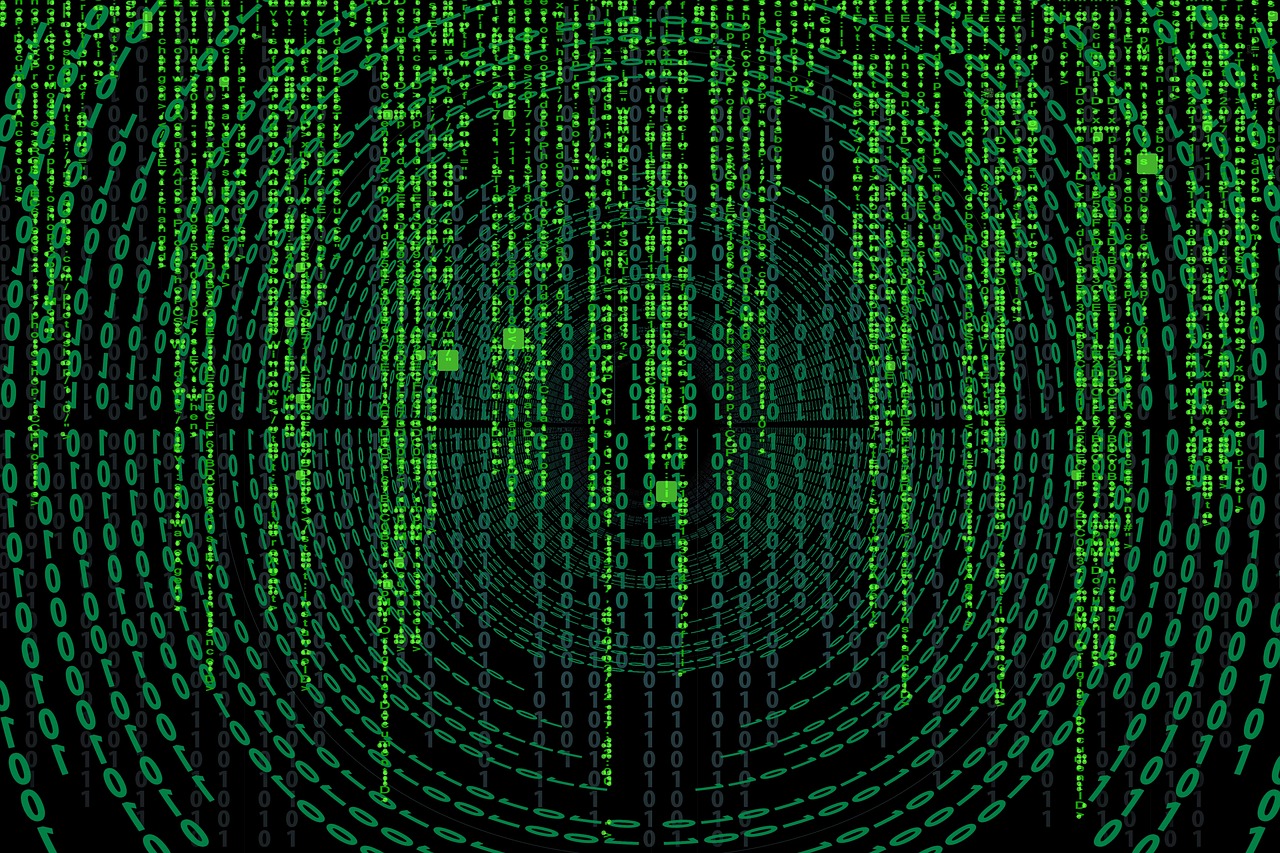Power outages are one of the biggest causes of data center downtime. The right UPS system can ensure your IT hardware remains online and safe from damage during power fluctuations.
Choosing the right system requires understanding key UPS specifications, such as battery backup runtime and scalability. The right UPS can also improve energy efficiency and save money.
Size
The size of a data center UPS is important because the larger it is, the more devices it can power. UPS systems can range from the size of a desktop computer to an entire room full of batteries. If the UPS provides power to an entire facility, it will need its separate room for safety reasons. However, most UPS systems will be installed close to the equipment they will be protecting.
A data center needs a UPS that can handle all the connected devices, even in a major outage. This means the UPS must have a big enough capacity for watts (or energy). It should also have a good battery runtime, which is how long the device will be powered when there is a power outage.
Another factor to consider is the type of power that the data center uses. Some UPS systems can convert AC power into DC, which helps to eliminate surges and spikes. This can help reduce the risk of damage to critical equipment. Other UPS systems can also offer energy-saving modes.
Finally, the data center needs to be able to upgrade its UPS system as its IT infrastructure changes. This can include a shift to edge computing, 5G, multi-cloud services, and more. A UPS with a modular design is ideal for this type of growth, as it can easily add more power and runtime as needed.
Redundancy
Data center downtime is a major business risk, especially for enterprises that operate around the clock. While smaller businesses may be able to handle scheduled downtime during non-business hours for maintenance, any downtime due to unplanned power outages can be financially devastating. To minimize outages, a data center must rely on infrastructure redundancy. This includes uninterruptible power supplies (UPS) and backup generators.
Redundancy can be a significant consideration when choosing the right UPS system for your data center. Different levels of redundancy are available, and each has its benefits and risks. A data center should consider the redundancy level appropriate for its size, budget, and risk tolerance.
For example, a small data center that needs N+1 redundancy would require two UPS systems that can handle its full IT load. If one fails, the other will take over the load without downtime.
A higher level of redundancy is N+2. This adds another redundant UPS system to the configuration. This increases the availability of IT equipment, but it also comes with a higher cost and footprint.
Some larger UPS systems offer energy efficiency features, including voltage regulation and battery management. These can help data centers reduce their energy consumption and lower costs. Some UPS systems can even work with commercial power companies to run on their diesel generators during peak usage periods, earning credits that offset the cost of electricity.
Efficiency
UPSs are designed to help ensure your data is always available. They are one of the most important parts of any data center. When building a data center, consider various factors when choosing your UPS, including redundancy, efficiency, and price.
Data centers have various power needs, so choosing a UPS that can handle your current and future power requirements is important. A good way to do this is by considering your growth requirements. This will save you money in the long run by avoiding the cost of an oversized UPS.
A data center UPS must be efficient to avoid overspending on energy costs. A high-efficiency rating means using fewer batteries and reducing energy usage. This can help you save both capital and operational costs.
It would help if you also looked for a UPS that uses lithium-ion batteries. These last twice as long as lead-acid batteries and require less maintenance. This is a big benefit for companies with limited budgets.
A data center UPS must provide redundancy to protect IT equipment from power disruptions. Choosing a UPS with N+1 redundancy offers the highest level of reliability. N+1 redundancy means your data center can handle a single component failure without affecting mission-critical applications. Choosing a 2(N+1) system provides even more redundancy, but it will cost more in upfront components and operating costs.
Cost
When considering a UPS, data center admins must consider the total cost of ownership (TCO). This includes the initial purchase price and the cost to install and maintain the system. It also includes the cost of replacing batteries and other power infrastructure components. Admins can reduce costs using lithium-ion batteries instead of traditional lead-acid battery technology. These batteries require less maintenance and have a higher power density than traditional batteries. They can also last twice as long, reducing battery replacement costs and lowering overall TCO.
A UPS system’s TCO depends on factors, including the level of redundancy and efficiency. The most efficient UPS systems use only half of the available battery capacity. However, these UPS systems are less reliable than those with more redundancy.
Choosing the right UPS for a data center starts with reverse-engineering the risk of power disruption and understanding how much critical information could be lost. It also means identifying the energy inrush required to start up motors, variable-speed drives, and laser printers. This will help determine the kW capacity needed.
Ultimately, a data center’s power infrastructure should support its growth. That’s why choosing a UPS with a high enough capacity to accommodate future requirements is important. A UPS with a lower capacity will only serve part of the data center’s load and won’t be able to meet peak demand.

